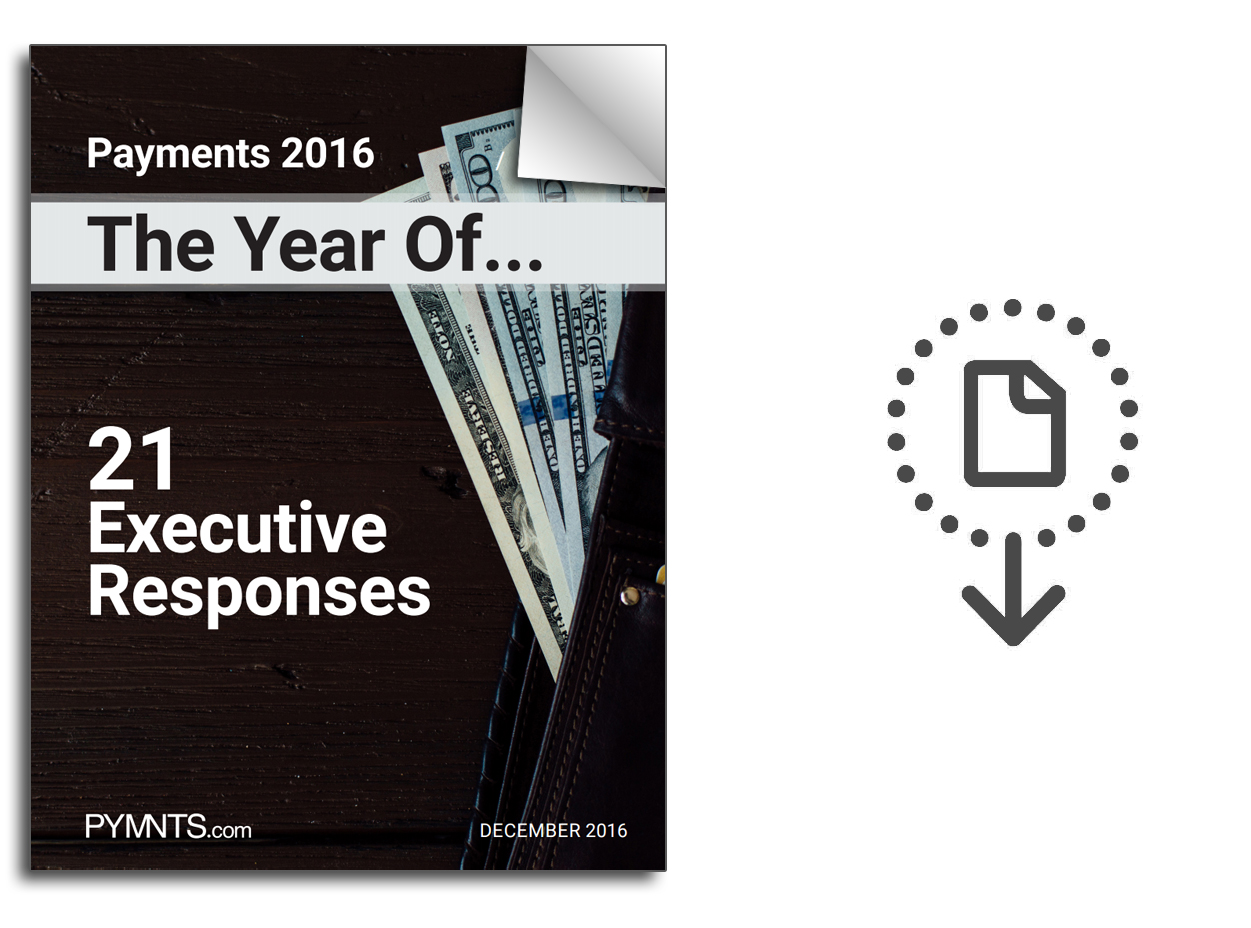Payments 2016: The Year Of A Technology Revolution

PYMNTS consulted 21 payments executives from across the industry to share their insights on the biggest takeaways from 2016 as part of the “Payments 2016, The Year Of …” eBook. We posed the same question to each executive:
If you had to answer the question, Payments was the year of …, how would you answer, and how does your answer change your world — and the world of payments, more broadly?
Here is the response from Lars Pedersen CEO of Creditcall …
Payments 2016: The Year Of A Technology Revolution
In the late ’90s I moved from Denmark to the U.S. to start my career in fiber optics after finishing my PhD in the same area. This was during a very exciting time when the wave of the internet rolled out and triggered a tsunami of tremendous change and opportunity.
The payments industry was very much a hardware play, where physical infrastructure had to be invented and deployed. Today’s payments ecosystem is different as it is mostly a software play, now that the world enjoys ubiquitous access to affordable and scalable cloud computing platforms. What compares well with fiber optics of the late ’90s is the accelerating emergence of new technologies, and this makes payments an exciting place to be.
Proliferation Of New Solutions
Payments are seeing an increasing proliferation of new ways of doing things, such as smart terminals; alternative payment methods; beacons, biometrics for ID, auth and payment; two-factor authentication; encryption; EMV; new approaches to loyalty; new types of cards; mobile wallets; analytics and big data, and so on.
Common to most of these new developments is that they are driven by one of two things:
- Convenience: cross-channel integration, data analytics, new payment methods, etc., all focusing on making payments simpler and more integrated; more convenient payments
- Security: more focus on security due to the increase in fraud
On the one hand, the industry is trying to make things more convenient partially by doing more with the data; on the other hand, fraud is increasing, and some of the new convenience-enabling technologies can make that worse. As such, the two forces somewhat counteract each other.
Leading up to this, we’ve witnessed a lot of transformative and enabling technologies, such as cloud solutions, machine learning, big data and mobile platforms.
All of this is leading to a less hardware-centric, more software-focused approach, increasingly targeting end users, with lower barriers to entry. Now, to make any payment solution work, you need a lot of interconnected pieces, and complexities are not likely to diminish. This fosters a strong focus on partnerships as most industry players are too small to gain enough market pull, and networking effects from such partnerships are paramount to success.
2016: A Breakout Year
2016 was a watershed moment for payments. It marked the time when payments started in earnest to break away from only processing transactions toward also offering value-added services in conjunction with payments in an integrated way. Prime examples are app-based payments platforms that include apps with functionality far outside of the narrow payments domain and processors becoming business partners to merchants much over and above just processing their payments. Payments players are spreading their influence into other areas and using the payments relationship with merchants to do so. Payments companies are increasingly becoming technology companies that provide merchants with a suite of solutions from own developments and in connection with partnerships with other companies in the industry and outside.
Companies are therefore trying to do more for their customers, which implies integration, partnerships and market consolidation.
In one word, 2016 in payments was about proliferation — proliferation from doing more for your customer, from stepping into new and exciting arenas and from a much stronger focus on being a technology provider rather than just processing transactions.
Will this integration and consolidation lead to a changing payments landscape, and will the type of companies making up the backbone of the payments infrastructure change? Only time will tell. My guess is that we will point to 2016 as the year where it all really started to gain momentum.
. . . . . . . . . . . . . .

